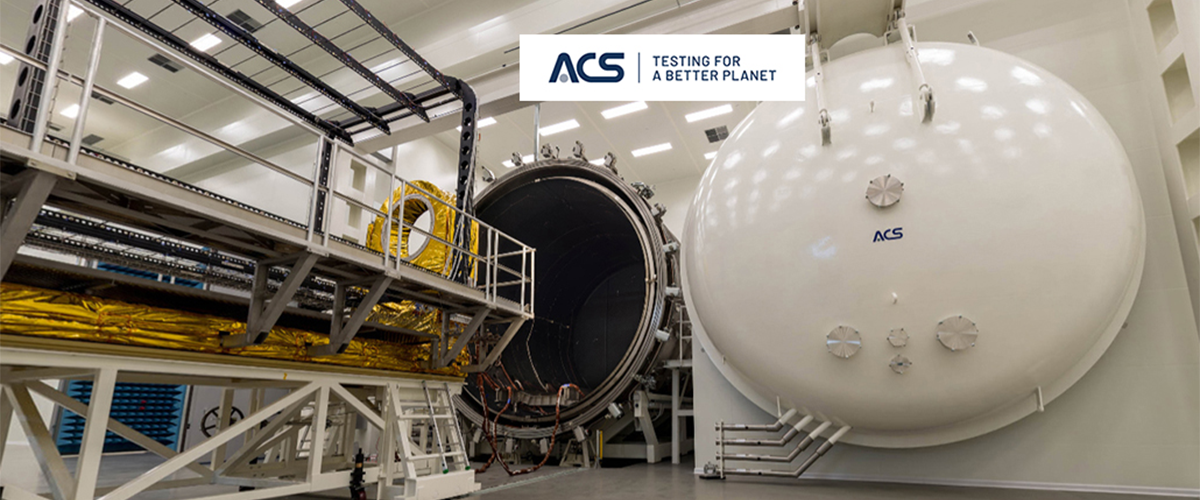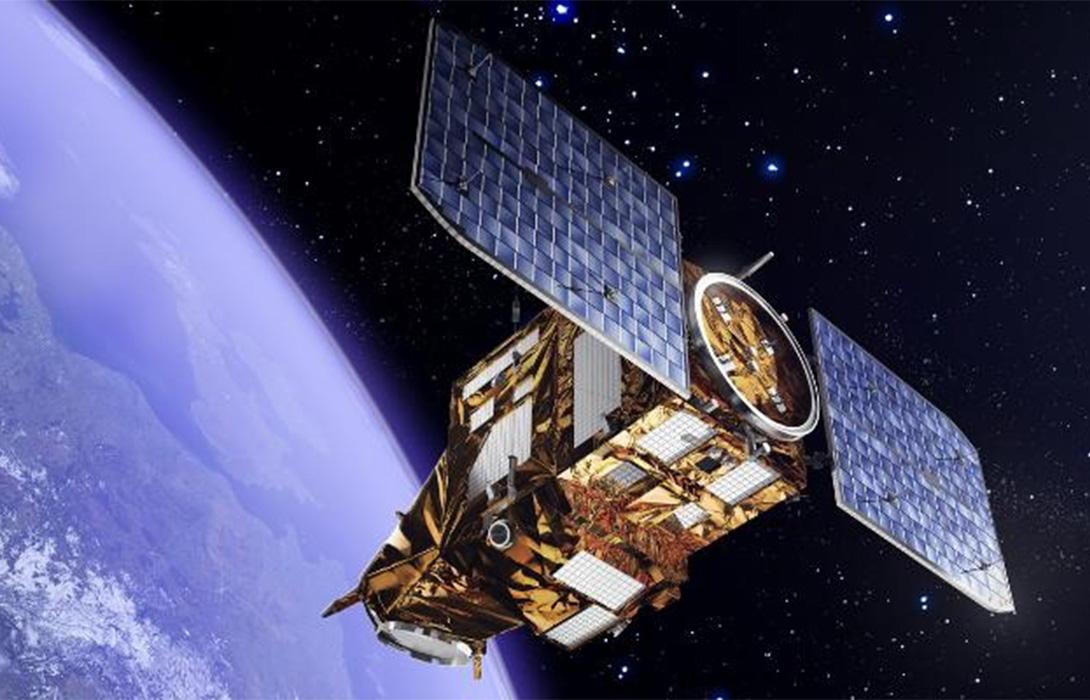ACS simulation of the environmental conditions of satellite’s entry into orbit: the TAI case

One of the largest space simulators in the world, designed and built by ACS for Turkish Aerospace Industries (TAI).
Another one of the largest space simulators designed and built by ACS. It is located in Ankara, Turkey, and is installed at the USET (Space Systems and Integration Testing) centre, the important Turkish Aerospace Industries (TAI) facility which, among other services, carries out "Environmental Testing" activities to demonstrate the resistance of satellites and their components by recreating the real environmental conditions to which the satellite is subjected from launch to entry into orbit, thus ensuring its correct operation.
A world leader since 1952 in the field of environmental test chambers and in particular in the aerospace sector, ACS now boasts a long list of large Thermal Vacuum Chambers designed and built to meet specific customer requirements: in addition to the now famous case of the simulator built for the RAL UK, we recall the TVCs built for the European Space Agency ESA, the TNO Dutch Research Center and YARZ, leader in telecommunication in Russia.
The GOKTURK Project
ACS large space simulator has been operational since the environmental tests were carried out for the GOKTURK-1 satellite, launched on 5 December 2016 from the European spaceport in Kourou, French Guiana. The GOKTURK project, planning to launch the GOKTURK-3 satellite by 2022, aims to provide high-resolution images from anywhere in the world, day and night and in any weather condition.
Main features (TVC)
The space simulator has the capacity to test large specimens, with a temperature range of -190°C to +100°C and a vacuum limit of 1x10-7 mbar.
- Vacuum Vessel Structure (VVS)
The structure of the Vacuum Vessel is made of 304L stainless steel, has a cylindrical shape (Ø 6 metres, L = 11 metres approx.) and will house the DUT during the test. - High Vacuum Pumping System (HVP)
The High Vacuum Pumping System has the goal to reach the vacuum condition inside the vessel: it is composed by two identical redundant pumping chains, each capable of achieving the final vacuum value. The chains can also work simultaneously. - Cold Radiated Environment (CRE)
The cooling system is achieved by forced circulation of liquid nitrogen (LN2) flowing inside the Shroud. - Horizontality Control System (HC)
The Horizontality System is the special feature of this large space simulator: its purpose is to sustain the Thermal Support Trolley and to keep the specimen perfectly horizontal during the test, to prevent mixing of fluids.
All the functions and processes of the space simulator are managed by an integrated control system, made by ACS.
In this video, released by TAI, you can see the USET Test Centre, our special vacuum chamber and the GOKTURK and TURKSAT satellites.

